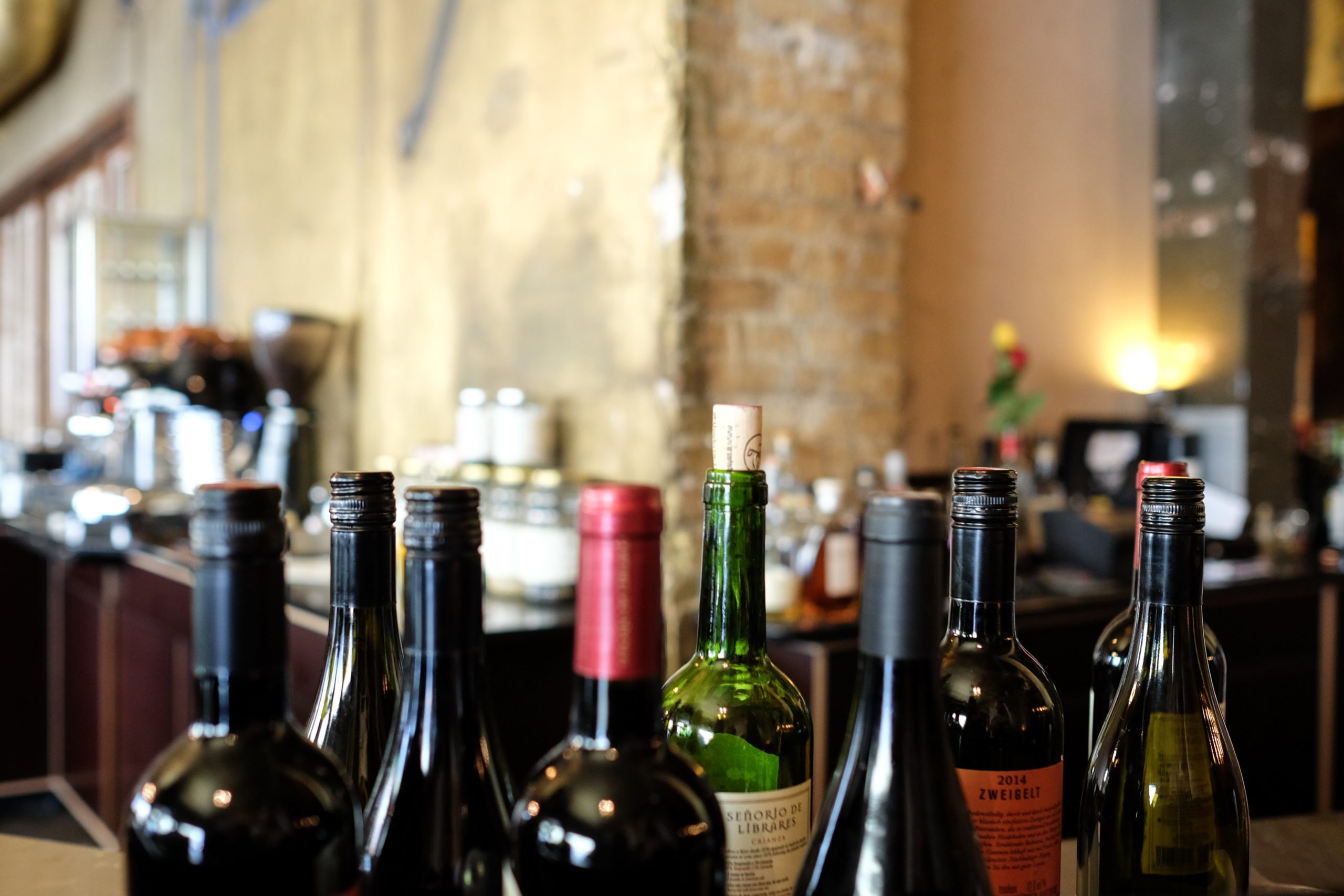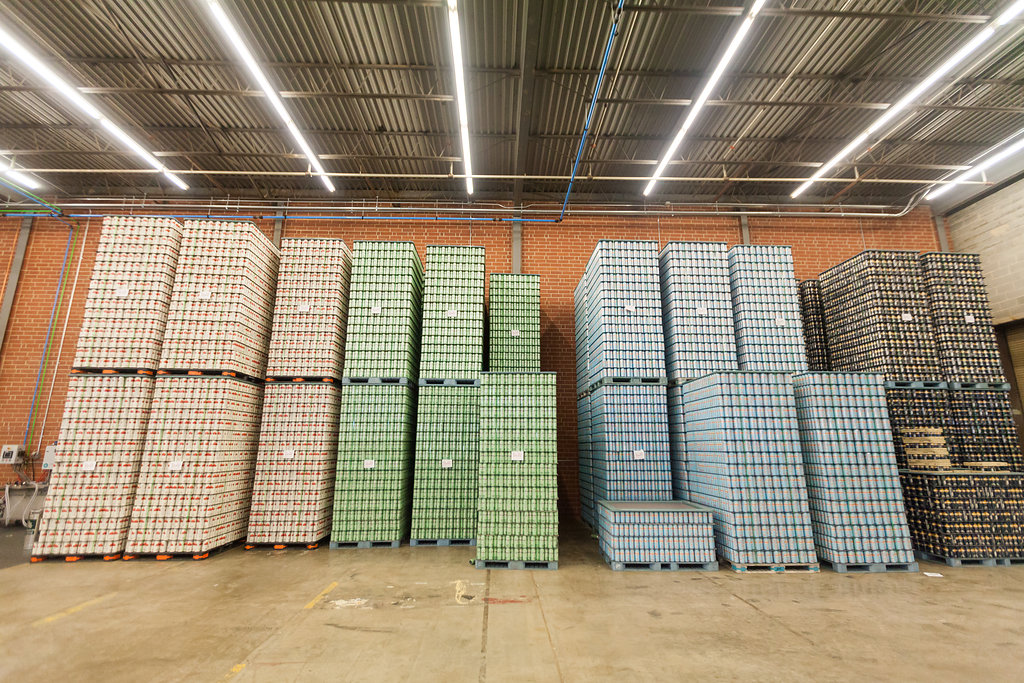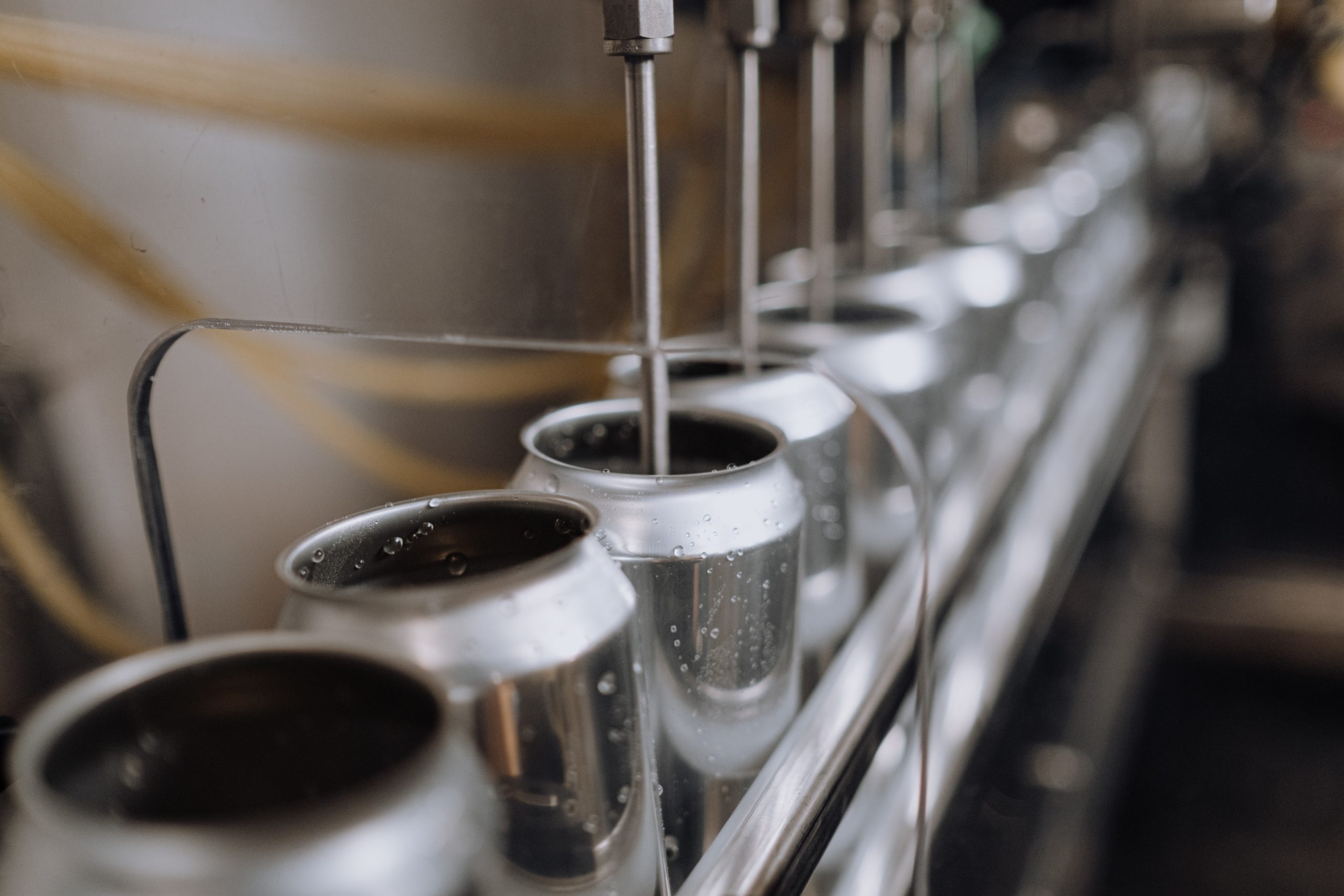Most of the wine you drink likely comes from a glass bottle. Heavily rooted in tradition, wine packaging is pretty standard across the wine industry because of the stricter packing options. Compared to beer, which can be sold in any size, the Alcohol and Tobacco Tax and Trade Bureau (TTB) only allows wine to be sold in specific sizes.
Historically, you’d be able to package wine in any of the following sizes:
- 50 ml
- 100 ml
- 187 ml
- 375 ml
- 500 ml
- 1 liter
- 1.5 liter
- 3 liter
This list did not include a few sizes that are popular among consumers. Luckily, as of December 29, 2020, the TTB introduced three more sizes: 200 ml, 250 ml, and 355 ml.
Why Do New Wine Packaging Sizes Matter?

With the new sizes, winemakers can package their products in ways consumers prefer. According to WICresearch’s consumer preference surveys, 250 ml is the most popular single-serving size. It allows consumers to drink responsibly and have better portion control.
The new 355 ml size corresponds to a traditional 12 oz beer can. If winemakers use this packaging type, it will provide consumers with a glass-free option that makes wine more portable and accessible. Not only are aluminum cans well received by consumers, but they’re also easier for winemakers to source (recent supply-chain issues notwithstanding) and typically cost less than their glass counterparts.
By adding new packaging sizes for the wine industry, the TTB is helping to drive economic growth and increase the reach of the wine industry.
Wine Packaging Alternatives

With new options available, many wineries are looking for new, innovative ways to package wine for consumers. While glass bottles aren’t going anywhere, winemakers can meet the growing need for convenience and portability that a corked glass bottle can’t provide. If you’re looking for a way to increase penetration in the market, here are a few alternative wine packaging methods to consider.
Aluminum Cans
Cans have been a popular packing option in the alcohol industry for many years — but mainly for beer. With the updated packaging sizes, wine lovers can now enjoy straight from the can. Aluminum cans make a great packing option for winemakers for a few reasons:
- Convenience – Glass bottles can be tricky. When transporting a glass wine bottle, consumers must be mindful of how they pack it to avoid breakage. At the pool or beach, they’re probably surrounded by signs that say no glass allowed. Packaging wine in aluminum cans makes transporting it much more convenient. Plus, wine drinkers don’t need to worry about bringing along a corkscrew!
- Smaller portions – Some consumers don’t want to commit to a full bottle from a new brand. Without smaller sizes, they may opt for one they’ve had before because they know they enjoy it. Cans allow consumers to taste more wine options and find new favorites.
- Eco-friendly – Environmentally friendly packaging is a must nowadays. Aluminum cans are more eco-friendly than a traditional glass bottle, mainly because aluminum is more likely to be recycled than glass. The lower weight of aluminum also makes them easier to transport, reducing carbon emissions and carbon footprints.
- Demographic – Wine drinkers tend to skew upwards in age, and the industry has struggled to appeal to younger consumers. Aluminum cans can help you reach a younger demographic that has been slower to adapt to wine. Younger drinkers are accustomed to drinking beer, ciders, and seltzers from cans. Putting wine in cans makes it easier to bring to a party, beach day, or road trip.
Boxed Wine
Although boxed wine used to get a bad rap, it has become more popular in recent years. A wine box features an air-tight bladder inside a cardboard container that dispenses wine. This makes it easy to use the same box across multiple drinking occasions. Along with its ease of use, boxed wine offers:
- Extended shelf life – Once a bottle of wine is opened, any remaining wine will only last a few days before it goes bad. Because a wine box prevents light and air from reaching the wine, it can last for up to four weeks in the refrigerator. That’s nearly three times longer than a traditional bottle!
- Affordability – Bottling wine can be a costly process. Packaging wine in boxes can save you money during production. As a result, you can pass those cost savings onto the consumer or enjoy a higher profit margin on those items.
- Portability – Boxed wine offers convenience and portability that glass bottles can’t. Whether your consumers take wine on a picnic or an outdoor adventure, a box makes that much easier.
Plastic Bottles
If you’re not quite ready to give up the look of a traditional wine bottle just yet but are looking for alternative packaging options, you may want to try plastic bottles. While they won’t have the same elegance that a glass wine bottle offers, they achieve the same appearance without the hassle of glass. Plastic wine bottles provide consumers:
- Convenience – Similar to aluminum cans and wine boxes, plastic wine bottles make transporting wine easier. Whether heading down to the pool or beach where glass isn’t allowed or bringing a few bottles to bookclub, your consumers don’t have to worry about accidentally shattering a bottle on the way.
- Refrigeration – Because plastic is thinner than glass, white and sparkling wines will cool more quickly in the fridge. This allows consumers to enjoy your product at an ideal temperature more quickly than if they needed to wait for a traditional bottle to chill.
- Weight – Glass is relatively heavy, especially when the bottle is full of wine. Transporting cases of wine in traditional glass bottles increases carbon emissions, thus increasing your carbon footprint. Instead, plastic bottles weigh approximately one-eighth the weight of a glass bottle, making the transport of your product a new environmentally friendly endeavor.
While aluminum cans, bag-in-a-box wine, and plastic bottles are the most popular forms of alternative packaging for wine, there are other non-traditional packaging methods you can opt for as well, such as paper bottles, flax bottles, and flat bottles. But in most instances, these three innovative packing methods will make your product more accessible for consumers, expanding your brand’s reach in the market.



